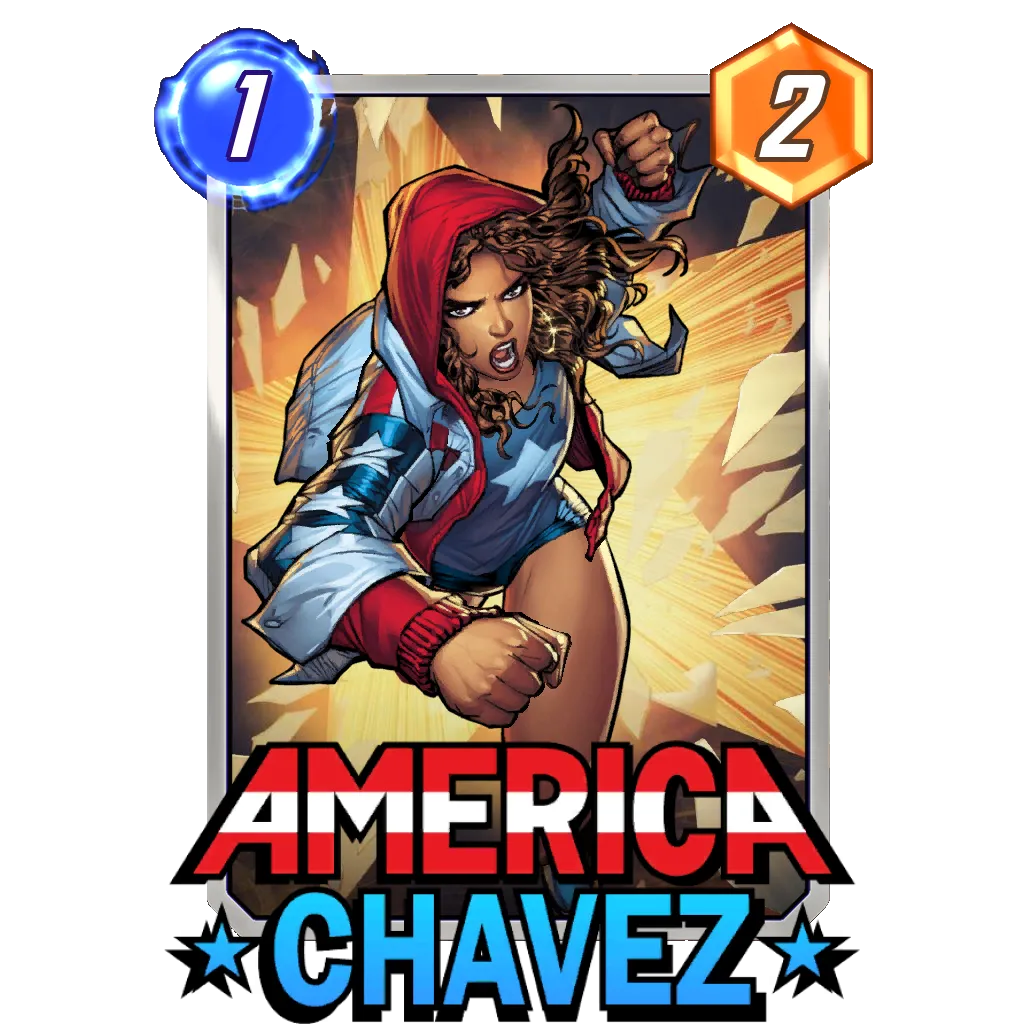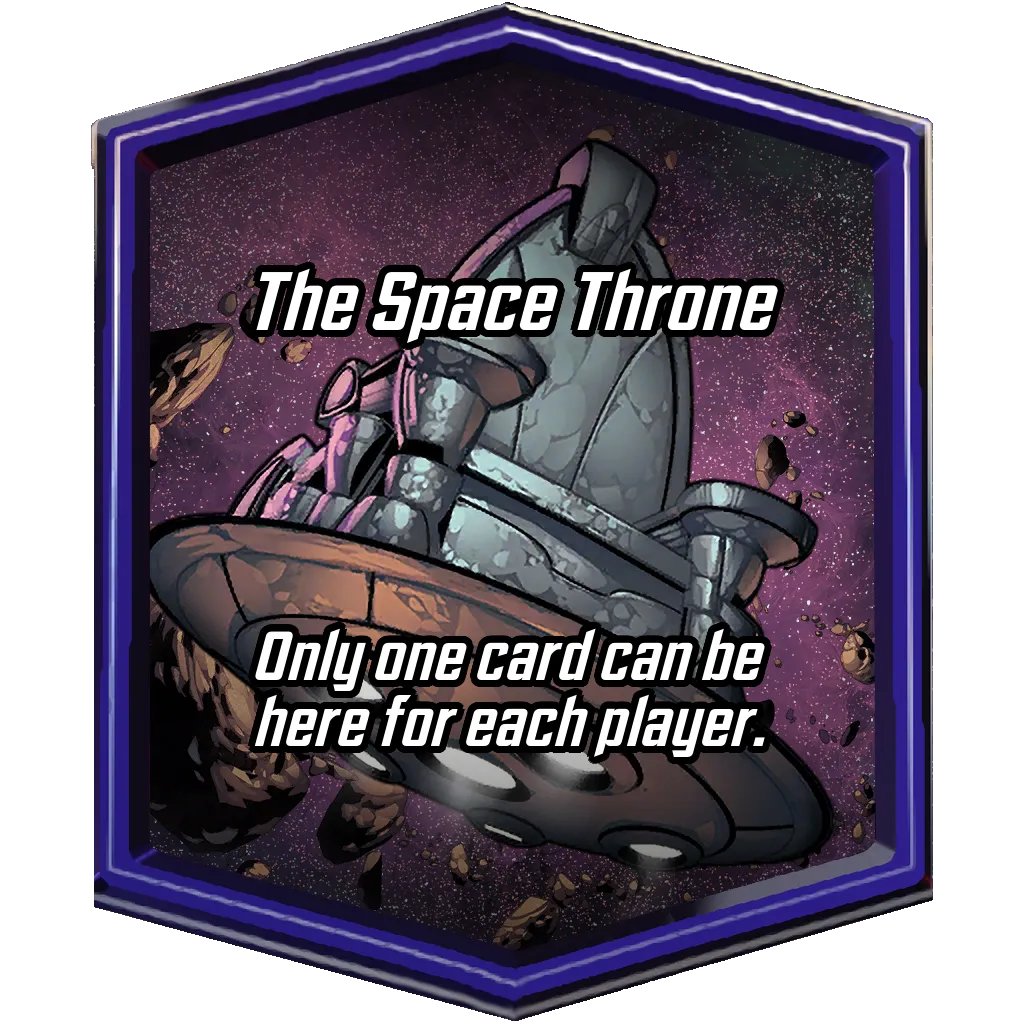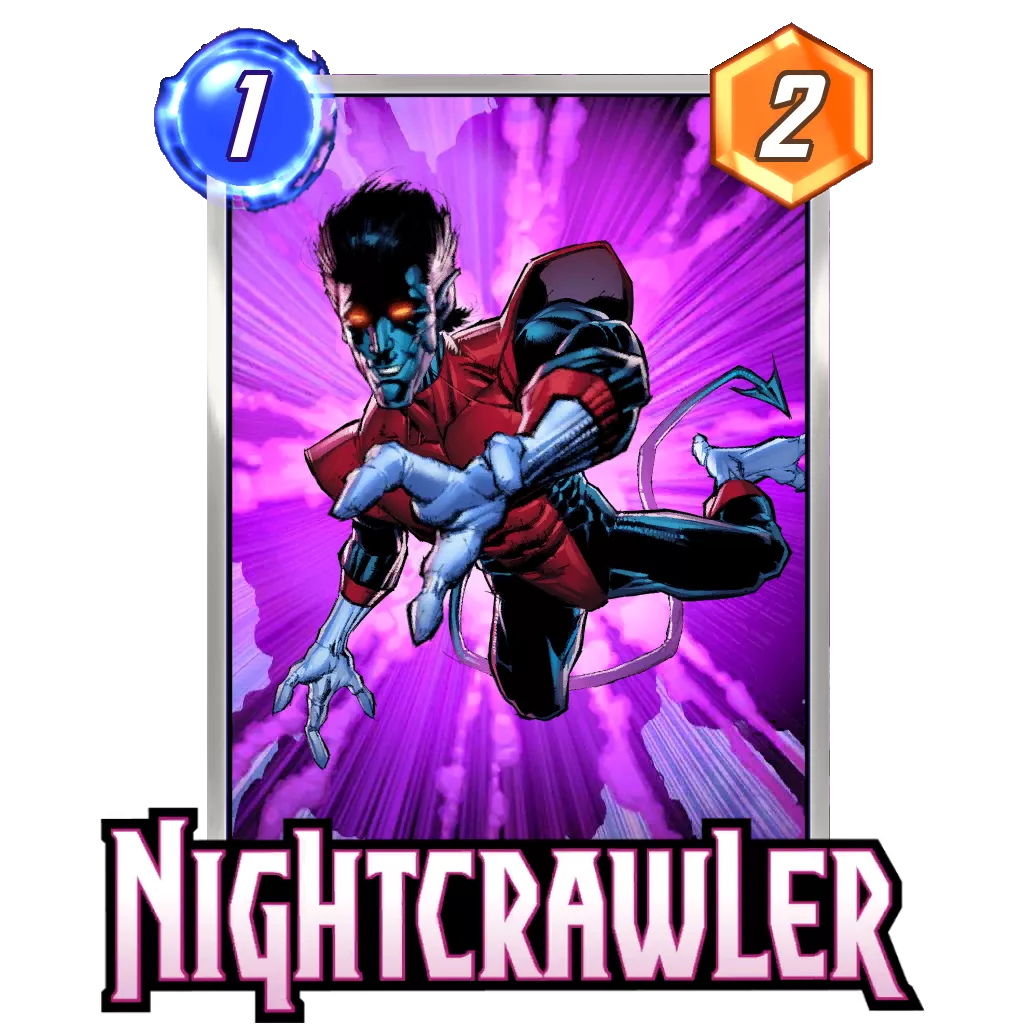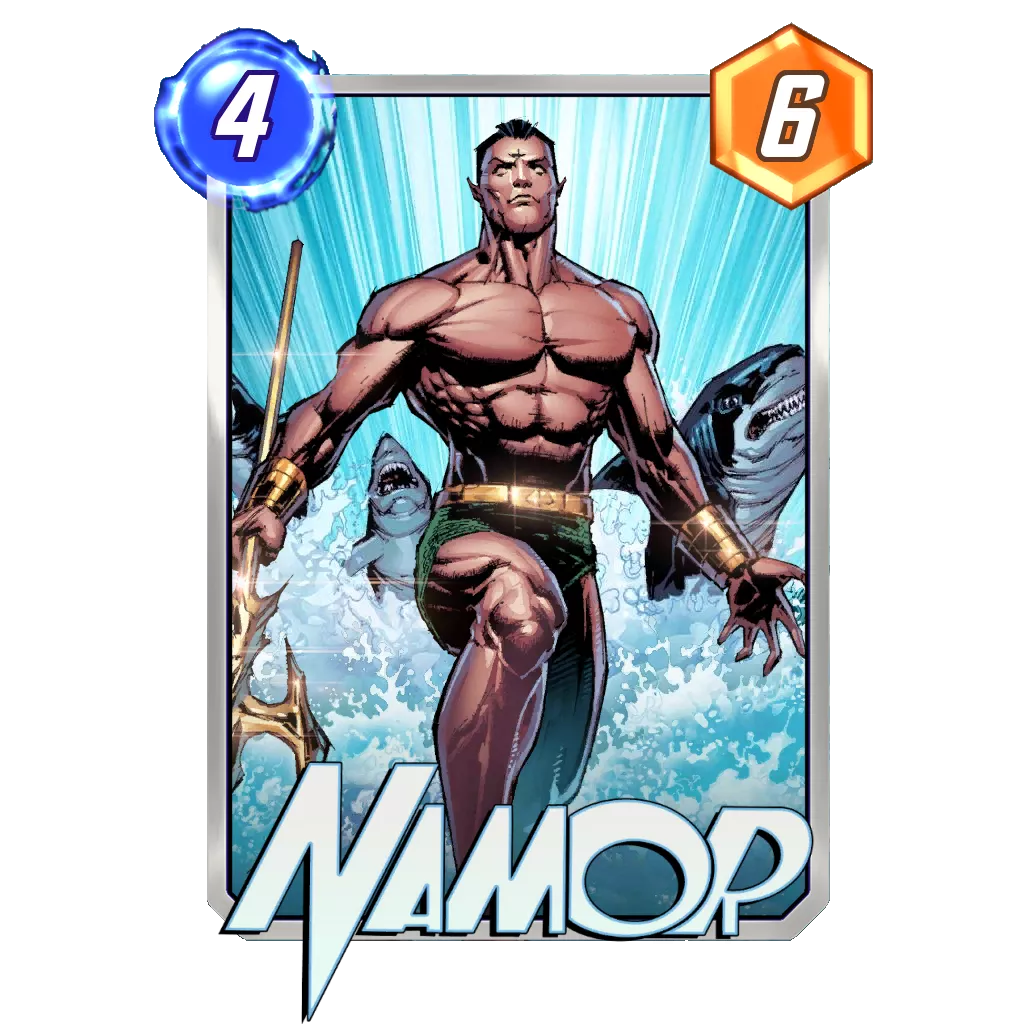Table of Contents
Marvel Snap’s gameplay is almost entirely revolving around its 3 location system. In order to win the game, a player needs to win 2 of those locations, and in case of a tie, the bigger point difference on the other 2 locations will prevail.

For a player to end up with more on a location, they will usually have to go through 3 main phases, which are achieved based on the location’s effect and how much the opponents invest into it:
- Establishing a Presence in a Location
- Fighting to Be Ahead on a Location
- Locking up a Location for the Final Points Countdown
Through the course of a game, each location will usually follow one of these patterns, which can be heavily impacted by a location’s unique effect:
- One player commits early to it and the other one does not react
- Both players develop and fight for the location
- Both players play on the other locations, leaving this one empty
As we established already, at the end of turn 6 (or 7, if Limbo is in effect), both players are looking to have 2 locations locked up. This means that there should be at least one location where the fight is intense, which will usually decide who will win in the end.
In this article, I would like to guide you through the various factors that matter in each of those phases based on the pattern you expect the location to follow for the game.
Our goal will be to understand how easy will it be to win over each location. We can determine which are worth fighting for, which we should abandon, and which we can win over for a very cheap investment.
Establishing a Presence in a Location

In the earlier turns, it is very unlikely our 1 and 2 mana cards will suffice to take over a location in the long run. However, the cards we play can set up a lot of what will unfold later on.
When we play a cheap card somewhere, we establish a presence onto that location and score some points. In exchange for this, we give up one potential slot in that location and a card in our hand.







Through playing this card, we are either trying to get ahead on this location, in order to secure it later on. In this case, we would be playing a card that can contribute to the total count of the location. For example,
The other method of establishing a presence is to entice the opponent to react and use cards in a location we don’t necessarily care about. In this case, we will play more utility cards, like Mantis for example, a card that can give us back a card, and reduce the price of playing one out of our hand.
The last thing we can do when establishing a presence is to play a flexible card that doesn’t really cost a spot in that location: Nightcrawler. In this case, we do what is called a noncommittal play, meaning we can change our mind on where we want Nightcrawler later on.
The presence we want to establish usually depends a lot on the location revealed on turn 1, our deck and obviously the choice we have in hand. If the revealed location(s) have an effect we expect to be more beneficial to us than our opponent, then it might be worth fighting for. In this case, we either will commit to this location early or play a noncommittal card to another location, waiting for our more impactful cards to be available to play.
If the location isn’t one worth fighting for, then we want to consider if we want to start investing into one before its reveal or if we should wait before establishing ourselves somewhere else.
Fighting to Be Ahead on a Location

More than anything else, being ahead on a location is about making it easier to anticipate what our opponent can do.
Once we are ahead in points on a location, we know that the opponent has to play something in order to take it back, and we can paint an easy picture of our choices:
- Keep investing, so the opponent cannot come back, as a way to secure this location completely before moving on to the second one we covet.
- Invest somewhere else we can fight for, as we know this location is ours unless the opponents commits something to get it back.


















Most of the time, the ideal scenario while fighting for a location is to never run out of space for it. If we do before turn 6, we give the opponent clear information on what they have to achieve in order to take it back. Unless you are baiting with an effect that can impact a full location, the sweet spot usually is to be ahead with 2 or 3 out of the 4 available slots. This way, we have some room to react to the opponent potentially fighting for that location as well, or threaten with a big bodied late game card like America Chavez.
The very important point when fighting for a location is to assess the interest the opponent has for it. If we think we can win over that location with minimal investment, then we plan ahead our resources to win the other ones. In the same idea, we can also win a location while preparing our push on the other ones if we see that the opponent isn’t challenging us for it. Mister Fantastic is a good example of spreading our points, so we aren’t committing to anything specific and stay in a reactive stance to what our opponent can do.
On the contrary, if we expect to need to fight tooth and nail for a location, we need to establish how much are we willing to invest, because the loser of this location will effectively have lost those resources.
Lastly, and this is an advanced skill that can make a lot of difference in the long run: Fake investing. If you started investing into a location and see that you will likely lose it, you can always invest cards you do not need for the other locations. This way, you look like you want to win this location, but in reality, you are trying to milk your opponent from cards they might need to win over the other 2 locations, where you are planning to invest for real.
Locking up a Location for the Final Point Countdown

The more the game progresses, and the closer we get to the final turn (usually the end of turn 6), where we count the points and see who wins.
Most of the time, locations are still up for grabs on turn 6, and considering how impactful 6 drops are in Marvel Snap so far, things can change a lot during that single turn.
Going for an early lock of a location can be a risky move, as it gives the opponent a lot of information on what score they need to beat. It can also be very rewarding, as it effectively allows us to only focus on 2 locations instead of 3 for the remaining turns. Furthermore, considering the amount of effects we can trigger on turn 6, manipulating our core for an extra few points is often times doable.
There are 2 crucial questions we need to answer when looking to lock a location in our favor:
- How likely is it my opponent can take it away from me?
- How much does it cost to lock up this location?
The first question is a risk oriented one. When going for a location, you most of the time have to do it at the expense of investing into another one. In that regard, if your opponent manages to beat you, you both lost resources but yours have produced no return over your investment, while it gave your opponent 50% of its win condition.
This question is usually why we wait until the latter turns to commit completely to a location, as a way to gather as much information as possible on where our opponent is likely to invest their resources.
An early commit can be effective against decks with many high cost cards, as you require them to basically spent a full turn to take the location back from you, or to abandon it completely. And if they don’t go for it, you can focus your full efforts on one of the other 2. Against more synergistic decks, who can manipulate their numbers more easily amongst their cards, giving them the information of the score they need to beat early can be a disaster. In this case, we will usually wait for turn 6 to commit, so the opponent’s doesn’t know what to be reactive to.









For example, if your opponent played Moon Girl on turn 3, you can expect them to have Devil Dinosaur as well, and maybe two copies of it. As such, telling them where it is optimal to play those huge units is a terrible idea. In the same vein, going for a commit on the location your opponent already played their Devil Dinosaur tells them how big they need to grow their hand to take it back.
The second question is based on your available and expected resources. How competitive will you be on the remaining locations if you invest a lot into one early on?
A card that helps a lot in early commit strategies is America Chavez, as you know you have a guaranteed 10 points available coming on turn 6. With that card in your deck, you can be more aggressive in how you use your resources, and can commit a lot on turn 4 and 5.

Another way to build for an early commit is to play with Featured Locations or Hot Locations on Sundays. An example is The Space Throne, a location that is perfect to make use of Namor, making him effectively a 1 card commit to a location. In this instance, because you know you have that potential lock up with only 1 card, you can be much more volatile in the way you use the other cards in your hand.
Closing Words
Marvel Snap is a game with quite a bit of random effects added to its gameplay, and it can feel frustrating to lose because a location took over the game, giving our opponent a huge edge in the matchup.
Yet, considering the Snap system and the very quick games Marvel Snap pushes for, the system should reward consistency in the long run rather than the occasional high-rolling. In that regard, having a formula on how we want to play the game that we can stick to, and stay true to even when tilted because Sakaar pulled an 8 point lead for the opponent. Then we are setting ourselves to be successful.
This was my very first strategy article on this website about Marvel Snap, I hope you guys enjoyed it and having fun on the game so far. I can’t wait to do some more and share my experience on this new game alongside what I am already doing on Legends of Runeterra.
Good Game Everyone,
Enjoy our content? You can Support Marvel Snap Zone and your favorite content creators by subscribing to our Premium community! Get the most of your Marvel Snap experience with the following perks for paid membership:
- No ads: Browse the entire website ad-free, both display and video.
- Exclusive Content: Get instant access to all our Premium articles!
- Meta Reports: Exclusive daily meta reports, such as the Ultimate Card Metrics Report, Top 10 Decks of the Day, Top 30 Cards, and Top Card Pairs tailored for you!
- Team Coaching: Join our free weekly team coaching call sessions on the Discord server. Claim your Premium role and gain access to exclusive channels where you can learn and discuss in real time!
- Premium Dashboard: Get full instant access to the member-only dashboard, the all-in-one page for all your benefits.
- Support: All your contributions get directly reinvested into the website to increase your viewing experience! You get also get a Premium badge and border on your profile.
- Special offer: For a limited time, use coupon code SBYREX4RL1 to get 50% off the Annual plan!

































































